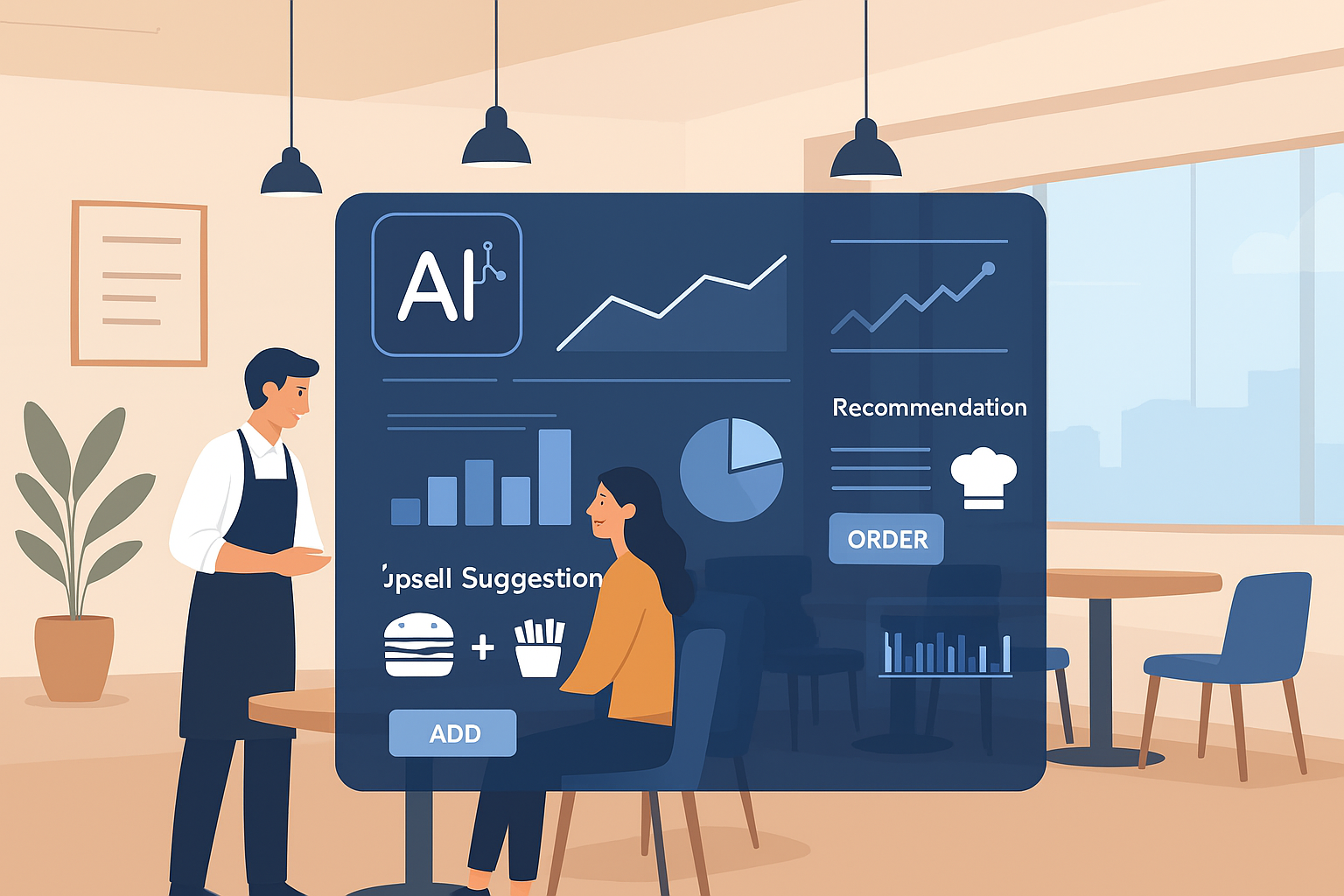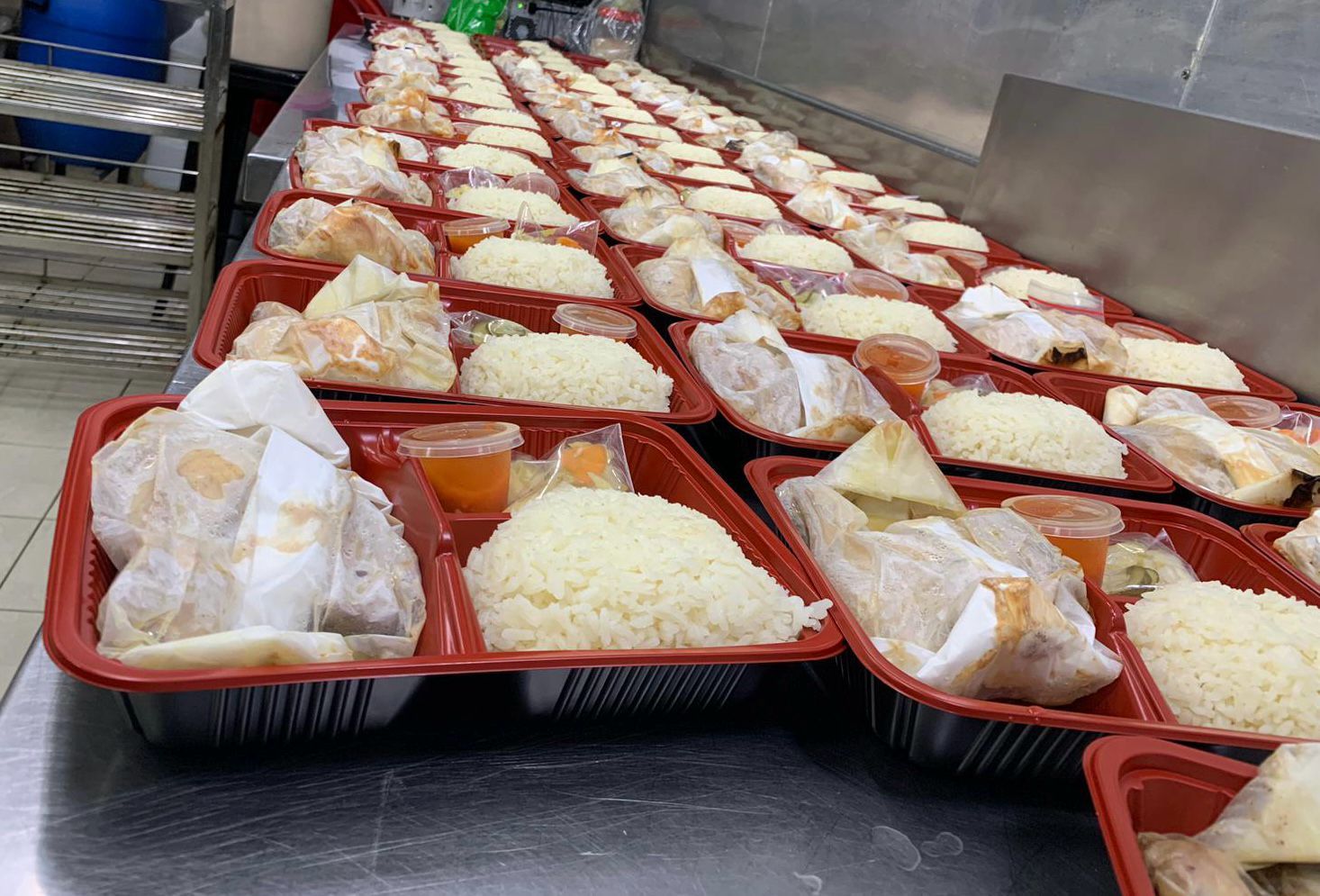Why Self-Ordering Kiosks Are a Smart Investment for Beverage Shops in Singapore
Learn how self-ordering kiosks help Singapore drinks shops cut staff costs, speed up service, and boost sales with easy drink customisation and built-in marketing features.
Running a drinks stall in Singapore comes with its fair share of challenges — limited manpower, high operating costs, and fast-moving customer expectations. That’s why many modern beverage businesses are turning to self-ordering kiosks to streamline operations and improve profitability.
Whether you’re selling bubble tea, smoothies, or kopi, here’s how a self-service kiosk can give your beverage business a competitive edge.
1. Cut Down on Staffing and Boost Efficiency
Hiring and retaining staff is becoming more difficult — and expensive. With a self-ordering kiosk, customers handle their own orders and payments through an intuitive digital interface. This means your team can focus on preparing drinks quickly and accurately, instead of juggling between taking orders and making beverages.
The result? Fewer manpower requirements and a smoother, faster workflow.
2. Drive Larger Orders with Drink Personalisation
Customers love options — and kiosks make it easy to customise drinks on the spot. From sugar level and ice preferences to toppings and upsizes, everything is clearly displayed and easy to select.
Plus, smart prompts and add-on suggestions during the ordering process help encourage customers to spend more — increasing your average order value without extra sales effort.
3. Turn Your Kiosk into a Built-In Marketing Tool
Don’t just use your kiosk for orders — use it to promote your business too. Kiosk screens can double as digital signage, helping you showcase:
- New or featured drinks
- Time-limited promotions
- Membership or loyalty programs
It’s a great way to advertise right at the point of purchase, with no printing needed.
4. Minimise Order Mistakes and Speed Up Service
Since customers enter their own orders, the chances of miscommunication or human error go way down. Orders go straight to the kitchen display system or printer — accurately and instantly.
This helps improve customer satisfaction while keeping your queue moving, especially during the peak lunch or dinner rush.
5. Make a Modern Impression with Self-Service
Today’s customers — especially younger ones — expect a seamless, digital experience. A sleek kiosk not only improves efficiency but also makes your shop look more modern and professional.
It shows that your business is keeping up with the times — and gives customers a smoother, more enjoyable visit.
Give Your Beverage Shop a Boost with Smart Tech
If you're looking for a cost-effective way to improve service, reduce stress on your staff, and grow your revenue, a self-ordering kiosk is the way forward.
Many beverage shops in Singapore have already made the switch — and are enjoying the results.
Ready to transform your drinks business?
Click here to contact us to find out more today, and take the next step toward smarter operations.
Interested in a CRM Based POS System, QR ordering or a standalone CRM membership system?
Send an Enquiry!
You might also like



